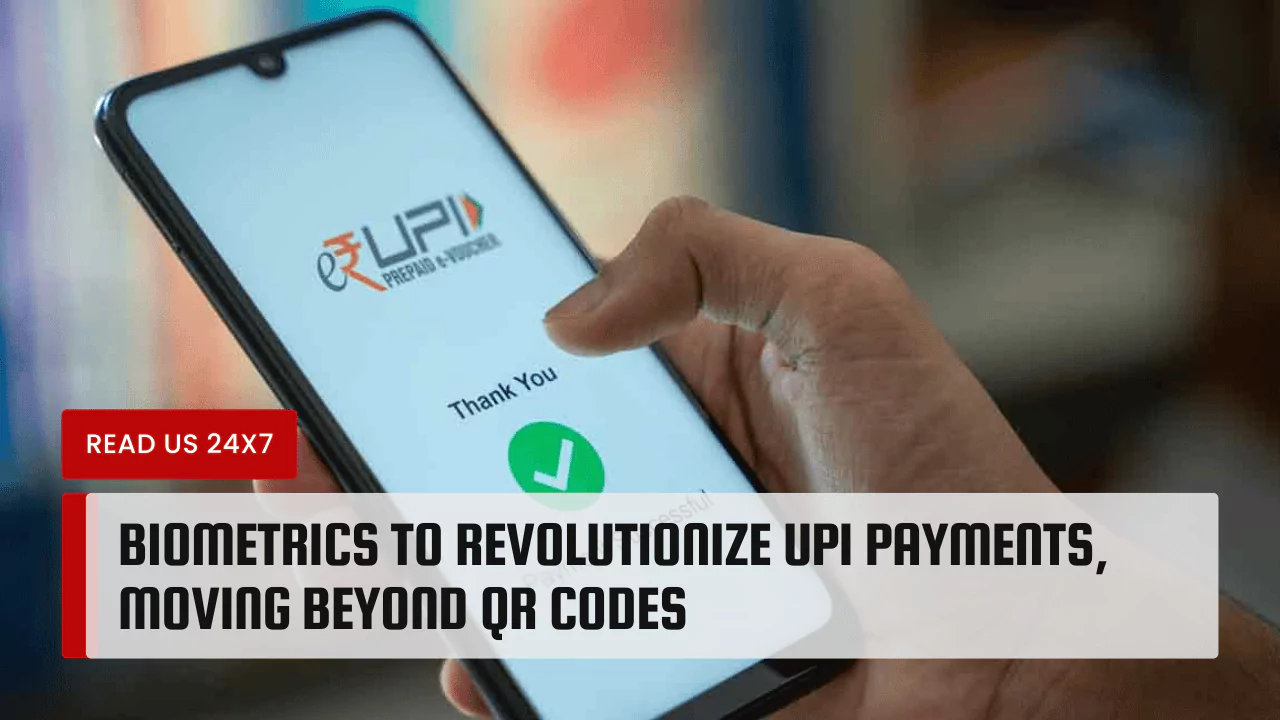Biometric authentication will change how we make UPI payments. Instead of just scanning QR codes, users can use their fingerprints or facial recognition for fast and secure transactions. This article will explain how biometrics can make UPI payments safer and simpler.
What is UPI?
UPI, or Unified Payments Interface, is a system in India that allows users to send and receive money instantly. People use apps on their phones to make payments for items, pay bills, or send money to friends. Currently, this process often requires users to enter a PIN to confirm a transaction. While this system works, it has its weaknesses.
Current Problems with UPI Payments
It can be annoying to have to use a PIN every time. Many times, people write down or forget their PIN, which can make them less safe. Hackers can get this data and use it in bad ways. Also, fraud is getting worse as we use digital funds more. To make sure payments are safe and private, we need new ways of doing things.
Why Use Biometrics?
Biometric authentication takes advantage of unique physical traits. It uses characteristics like fingerprints or facial features. Everyone has a unique fingerprint. This makes biometrics a strong option for security. Since no two fingerprints are the same, it is hard for someone to hack biometric systems.
With biometrics, users do not need to remember a PIN. They can make payments with just a touch or a glance. This feature speeds up transactions. It also makes it easier for people who may struggle with remembering passwords.
How Will Biometric UPI Payments Work?
To use biometrics for UPI payments, people first need to link their Aadhaar number to their bank account. Aadhaar is a unique identification system in India. Once linked, users can register their fingerprints or face data with UPI apps.
When making a payment, a customer places their finger on a scanner or looks into a camera. The machine reads the biometric data and verifies it against the stored information. If it matches, the transaction goes through instantly.
Benefits of Biometric Payments
- Increased Security: Biometric traits are very hard to duplicate. This means unauthorized access is much less likely.
- Speed: Payments are faster. Users do not need to type in a PIN. They can complete transactions quickly.
- Convenience: People no longer have to remember passwords or PINs. They can rely on their unique traits for payment.
- Reduced Fraud: Biometric systems can decrease the chances of fraud. Since each person’s traits are unique, it makes it hard for fraudsters.
- Financial Inclusion: Biometric payments can help people without smartphones. Those who only have basic phones can still make digital payments using their biometric data linked to Aadhaar.
Challenges of Biometric Payments
Despite the benefits, there are challenges. One main concern is privacy. People may worry about how their biometric data will be stored and used. Ensuring safety is critical. If data is compromised, it is not like forgetting a password. People cannot change their fingerprints.
Another concern is interoperability. Different apps and devices need to work together smoothly. A user should be able to use their biometric data across various payment systems without any hassle. This requires significant work from tech companies.
The Future of Payment Systems
The future will likely see more widespread use of biometric payments. As technology progresses, more businesses will adopt this method. Point of sale (PoS) machines that support biometric scanning are already available. They can integrate with UPI systems easily.
Moreover, the government supports biometric payments to enhance safety. With the rise of digital payments, smarter solutions are essential. Biometric systems can complement existing methods and make the payment process seamless.
Conclusion
To sum up, biometrics has the potential to completely change how UPI payments work. Fingerprint and face recognition systems will be used instead of QR codes to make things safer and easier for users. There are some problems, but the rewards are much greater. As more people use biometric systems, it will be better and easier for everyone to pay. This change could completely change how people in India handle their money.



